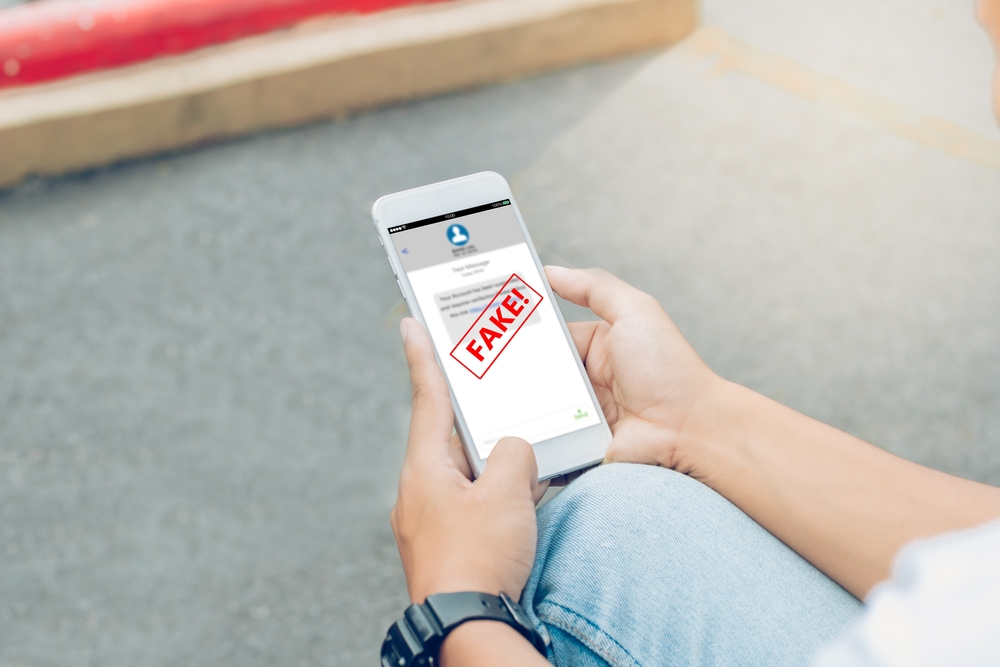Bank spoofing via text is a deceptive tactic employed by cybercriminals to trick individuals into divulging sensitive financial information or executing fraudulent transactions.
These spoofing attempts often involve sending text messages that appear to originate from legitimate financial institutions, such as banks or credit card companies. The messages typically contain urgent requests for account verification, password resets, or notifications of suspicious activity, prompting recipients to click on links or provide personal details.
To avoid falling victim to bank spoofing via text, individuals should exercise caution and adopt the following preventive measures:
Fake or Real?
Take your time and consider previous interactions with your financial institution before responding to a text message link.
Verify the Sender: Always verify the authenticity of text messages purportedly sent by your bank or financial institution. Legitimate messages usually come from official contact numbers or short codes, not random phone numbers.
Do Not Click Links: Avoid clicking on links embedded within unsolicited text messages, especially those requesting account login credentials or sensitive personal information. If you want to confirm that the message is legitimate, visit GRB’s website directly by typing the URL into your browser or using your online banking app directly.
Beware of Urgency: Cybercriminals often create a sense of urgency to pressure recipients into taking immediate action. Be wary of text messages that claim your account is compromised or requires urgent attention, especially if you didn’t initiate the communication.
Never Reply or Unsubscribe: Legitimate companies will offer you a STOP option to unsubscribe from text message marketing…and will likely honor your request. Scammers will not. By responding to a spam text, you’re confirming to the scammer that the number is valid. From there, your phone number may be sold to other scammers, increasing your odds of receiving scam texts.
Enable Two-Factor Authentication (2FA): Implementing 2FA adds an extra layer of security by requiring a secondary form of verification, such as a code sent to your mobile device, before accessing your account. This can thwart unauthorized access even if your login credentials are compromised.
Educate Yourself: Stay informed about common phishing and smishing tactics. GRB’s customer newsletters often contain fraud prevention information and our website has resources, as well. Take advantage of them as a way to enhance your cyber security awareness.
By remaining vigilant, individuals can reduce the risk of falling victim to bank spoofing via text and safeguard their financial assets and personal information from cybercriminals. Think before you click!
Additional Resources
GRB Security Resources web page
American Bankers Association Phishing Scams web page
Federal Trade Commission article on “How to Recognize and Report Spam Text Messages”

